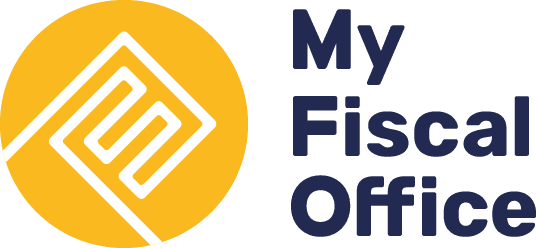Building an emergency fund

Get Your NYC Business Guide
Download our comprehensive guide to help you navigate NYC business requirements and make better financial decisions.
Disclaimer: When submitting this form, you will receive The Bottom line, our regular updates with insights for better financial decisions. You can opt out at any time.
